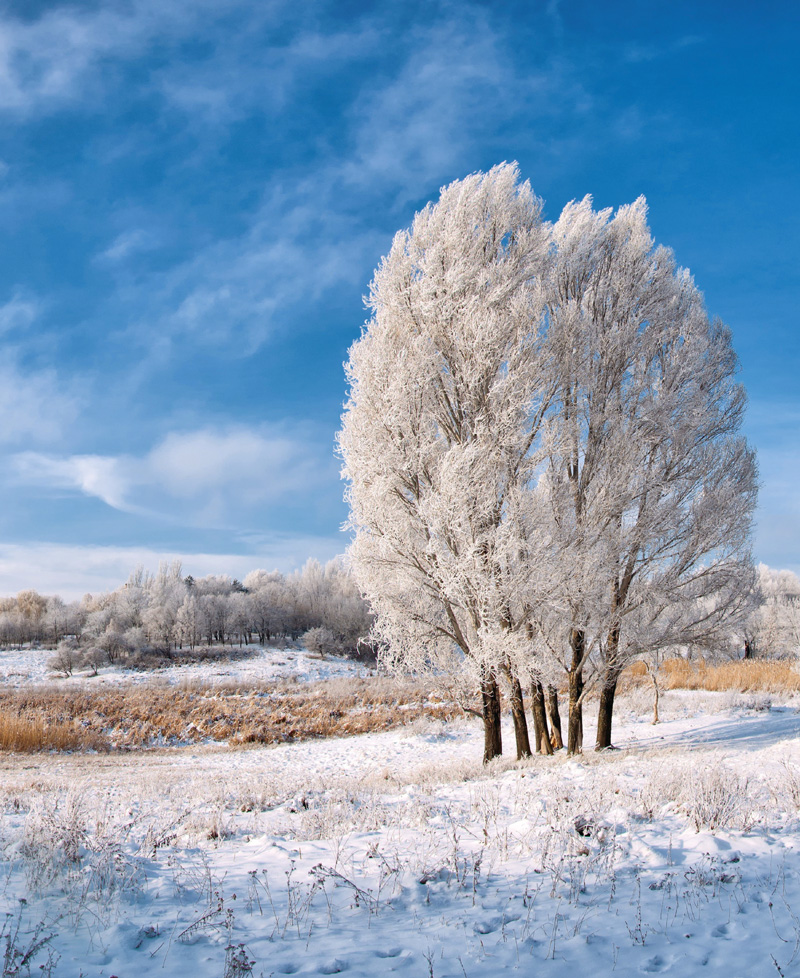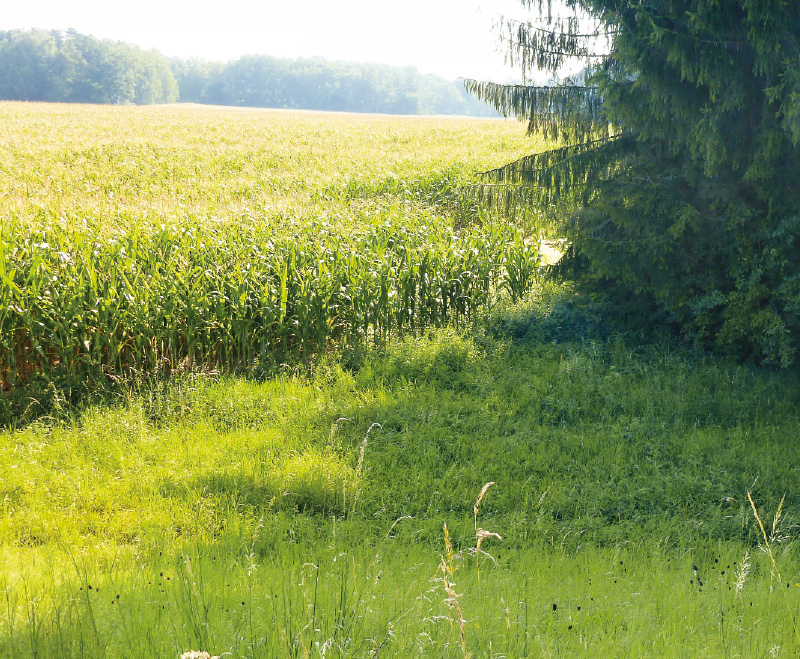PFAS in surface waters in the Czech Republic
Per- and polyfluorinated compounds (PFAS), a group of fluorinated compounds of anthropogenic origin, have been classified as a persistent organic substances of significant concern due to their chemical properties, widespread use in a number of industrial sectors, environmental spread, long term bioaccumulation potential, and resulting risk to human health. This article brings an overview of current knowledge about the occurrence of PFAS in the environment, mainly in surface, ground, and drinking water and about the methods of their removal from con-taminated water. Furthermore, the legislative requirements regarding PFAS at the level of the EU and Czech Republic are summarised here, including the list of compounds according to the Directive of the European Parliament and the Council 2020/2184 and the Proposal for a Directive of the European Parliament and the Council 2008/105/EC.
Dynamics of micropollutant loads into water supply reservoirs Vír I, Opatovice and Ludkovice
Pesticides are still an important group of substances involved in surface water pollution. Their increased occurrence in watercourses in the agricultural landscape is mainly linked to rainfall-runoff conditions, types of cultivated crops, and methods of agricultural management. In order to capture these factors, passive sampling techniques were chosen for the assessment of the load of these substances in selected catchments of water supply reservoirs in the administration of Povodí Moravy State Enterprise. These techniques consist of continuous exposure for several weeks with gradual (integrative) capture of pollution on suitable sorbents. The POCIS (polar organic chemical integrative samplers) were chosen in this work – widely used samplers suitable for capturing polar organic substances. They were applied in eight consecutive sampling campaigns to cover the entire growing season. The aim was to assess the spatio-temporal dynamics (in monthly steps) of selected pesticides and their metabolites into five water supply reservoirs. Due to the scope of the obtained data, this article is focused on the presentation of the results of tributaries into water supply reservoirs Vír I, Opatovice, and Ludkovice, which were monitored in 2021. When the sampling rate Rs was published, it was possible to recalculate the pollution captured by the passive sampler to average concentration during exposure. The results showed which tributaries into the reservoirs were loaded by these hazardous substances in the individual periods of the growing season. The results can be compared with the type of crops grown in a given year.
Space-time dynamic of pesticide loading in the drinking water reservoir Švihov
The article deals with space-time dynamic of non-polar and polar compounds load into the drinking water reservoir Švihov in Želivka river basin during the whole vegetation season by passive sampling techniques. The monitoring on the nine tributaries of the Švihov water reservoir and on the raw water inlet to the Želivka drinking water treatment plant took place for eight months from April to November 2018.


